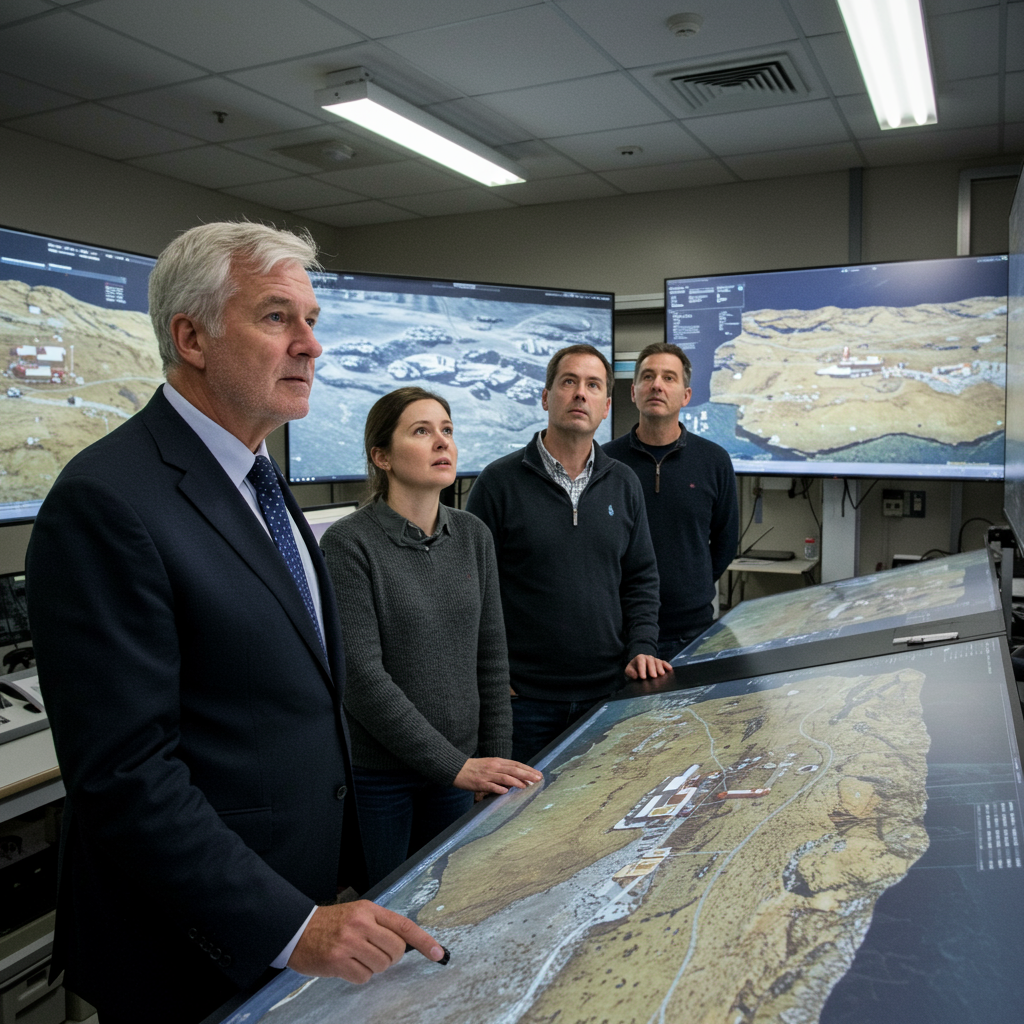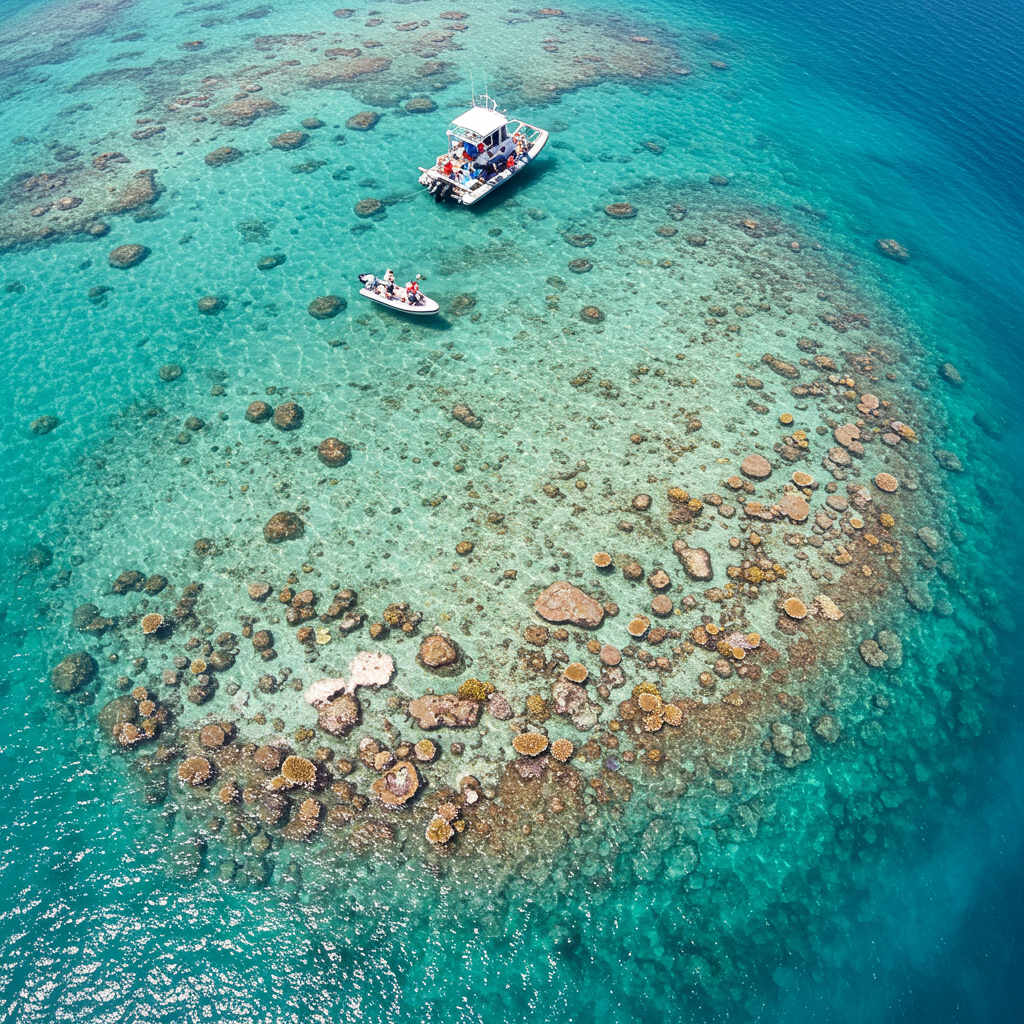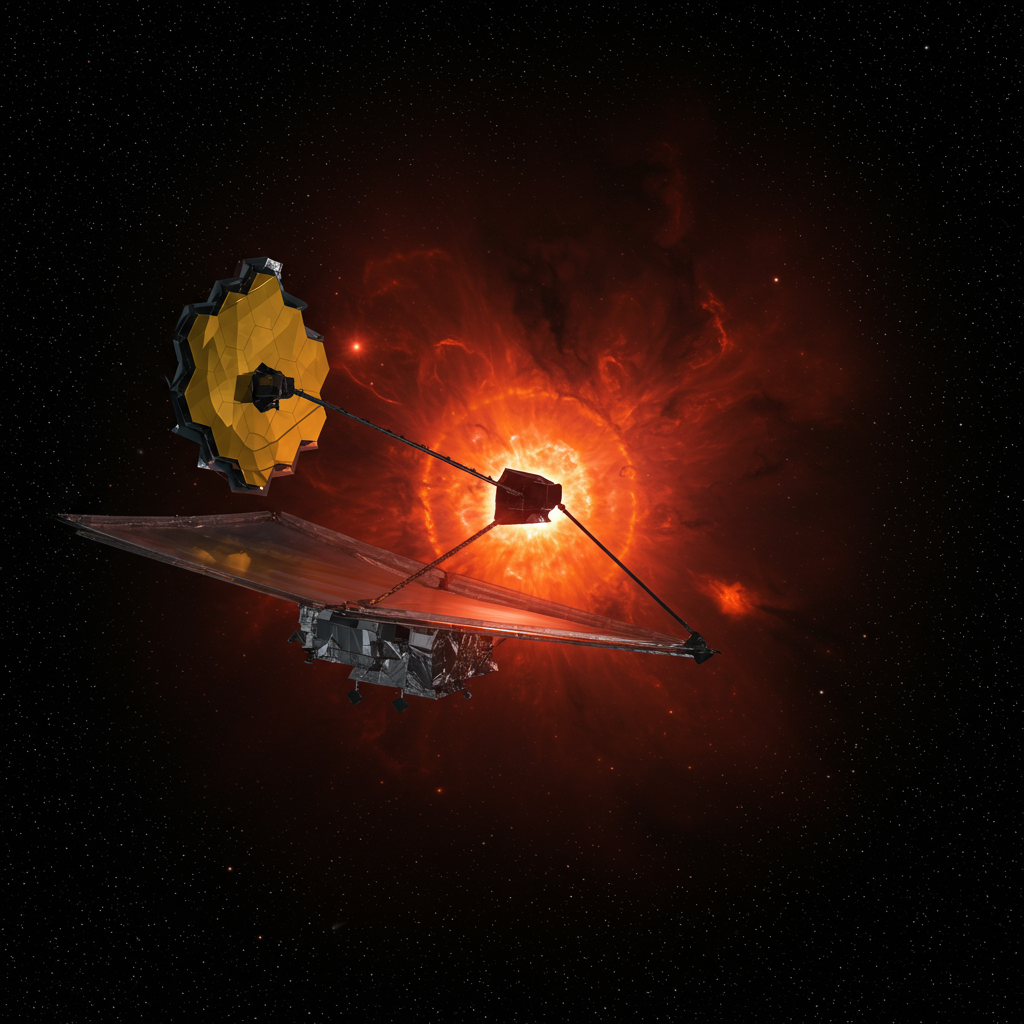Beneath the crushing weight of nearly 1.2 miles (2 kilometers) of ice in one of Earth’s most remote and frozen regions, scientists have uncovered a landscape frozen in time for over 34 million years. This vast, ancient world, hidden deep under the East Antarctic Ice Sheet, reveals a continent drastically different from the icy desert we know today.
Mapping a Hidden Continent
Led by Professor Stewart Jamieson of Durham University, a team of researchers utilized advanced satellite technology and geophysical techniques to peer through the immense thickness of ice. Using the Canadian satellite system RADARSAT, they detected minute irregularities on the ice surface that mirrored the topography of the land beneath. This satellite data was combined with airborne radio-echo sounding, which provides detailed information about the subglacial structure, and sophisticated computer models to understand how the landscape evolved over geological time.
This groundbreaking approach allowed them to map an area roughly the size of Wales or Belgium – spanning over 12,000 square miles – with unprecedented detail. What emerged was the stunning picture of a terrain sculpted by ancient forces, featuring towering mountain ridges and deep river valleys, some dropping nearly 3,900 feet.
A Glimpse Into Antarctica’s Lush Past
The landscape discovered beneath the ice is a remarkable time capsule from an era before the East Antarctic Ice Sheet fully formed around 34 million years ago. Instead of a frozen wasteland, this region was once a dynamic environment shaped by flowing rivers. Evidence suggests it hosted dense forests and possibly even diverse life forms, hinting at a much warmer, temperate climate. Previous findings of palm tree pollen along the Antarctic coast support the idea of a formerly lush environment.
This ancient world was preserved thanks to the specific nature of the ice covering it. Unlike many glaciers that aggressively erode the land, the ice sheet in this area is extremely cold and moves exceptionally slowly – less than 16 feet per year. This ‘cold-based’ ice is largely frozen to the ground beneath, resulting in minimal erosion and allowing the intricate details of the pre-glacial landscape to remain remarkably intact.
Unlocking Secrets for Future Climate Predictions
This discovery is far more than just a fascinating peek into the deep past. By studying this buried terrain, scientists gain crucial insights into how Antarctica’s environment has transformed over vast timescales and, critically, how the immense East Antarctic Ice Sheet originated and has responded to long-term climate shifts.
Understanding the conditions before glaciation provides a baseline for studying ice sheet stability. The East Antarctic Ice Sheet has expanded and contracted over millions of years in response to natural temperature swings. Detecting evidence of past changes, especially during warmer periods like the mid-Pliocene (around 3 million years ago) when surrounding ice may have retreated, is vital.
This historical perspective is essential for predicting how polar regions might react to present and future climate change. Parts of the ice sheet, particularly sectors based on the seabed, remain vulnerable to warming today. Potential thinning or retreat in these areas could significantly accelerate global sea-level rise, posing a substantial threat to coastal communities worldwide.
The research, published in Nature Communications, underscores the urgent need to accurately track and model these changes. Decoding the story encoded in these ancient river systems helps scientists build a more comprehensive understanding of how Earth’s complex climate system reacts to environmental pressures.
Exploring this hidden world beneath Antarctica reminds us how much of our planet’s history is still concealed, waiting to reveal important lessons. Just like uncovering a forgotten chapter in a book, these findings encourage us to respect Earth’s intricate past while preparing thoughtfully for its future.
What do you think this discovery says about our planet’s resilience and vulnerability? Have you ever imagined what lies beneath the ice in places so remote? Share your thoughts below.




